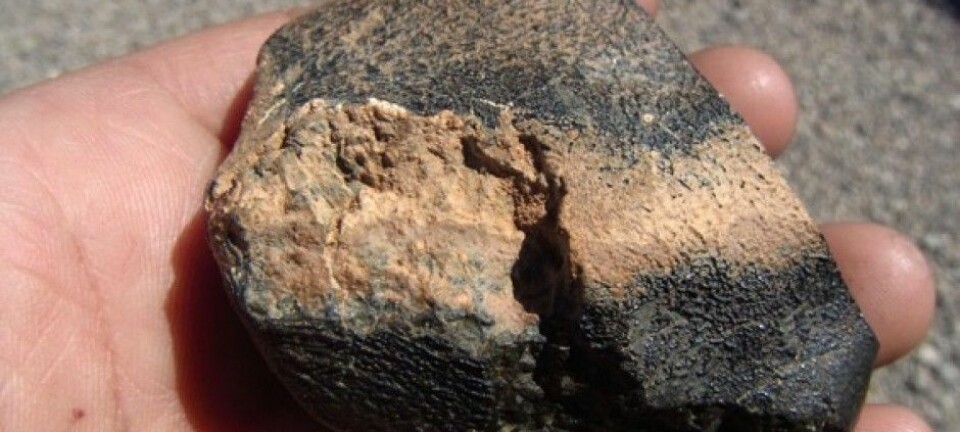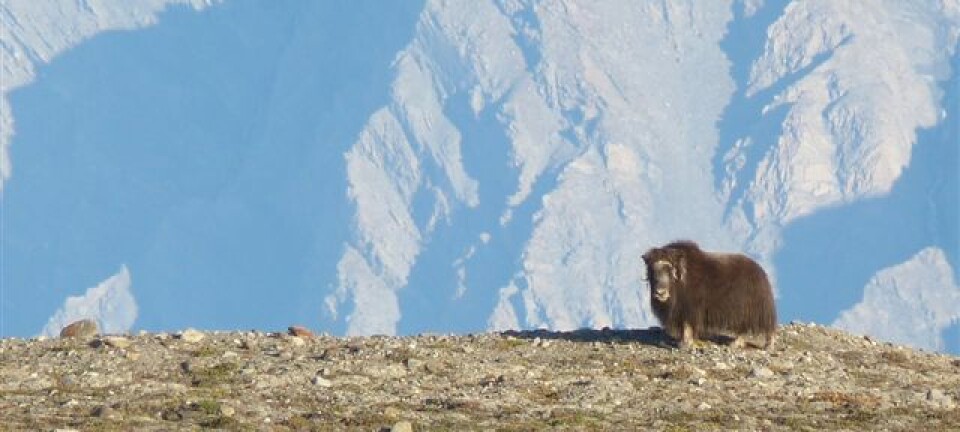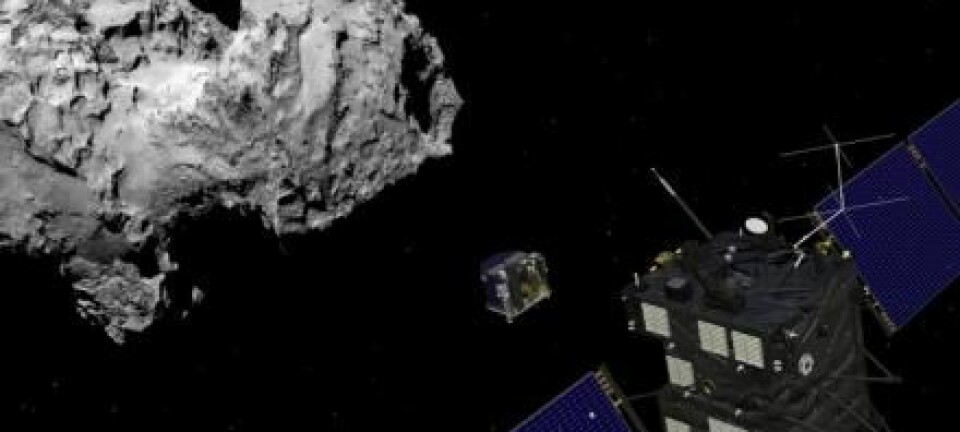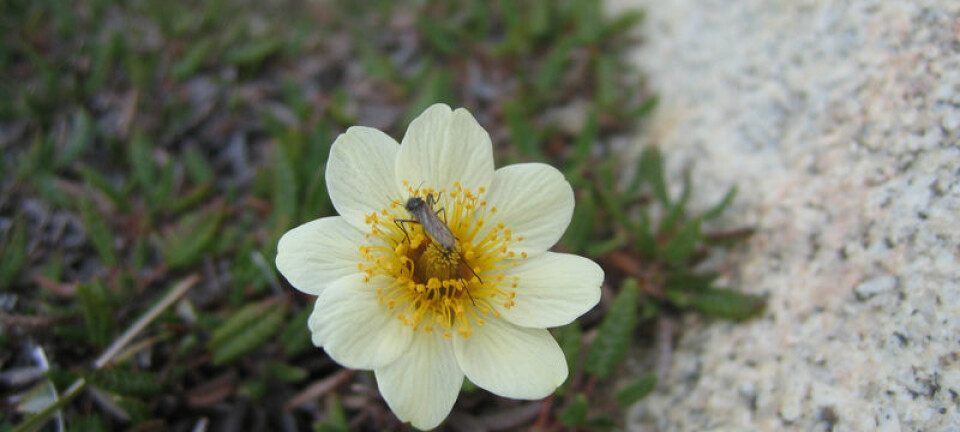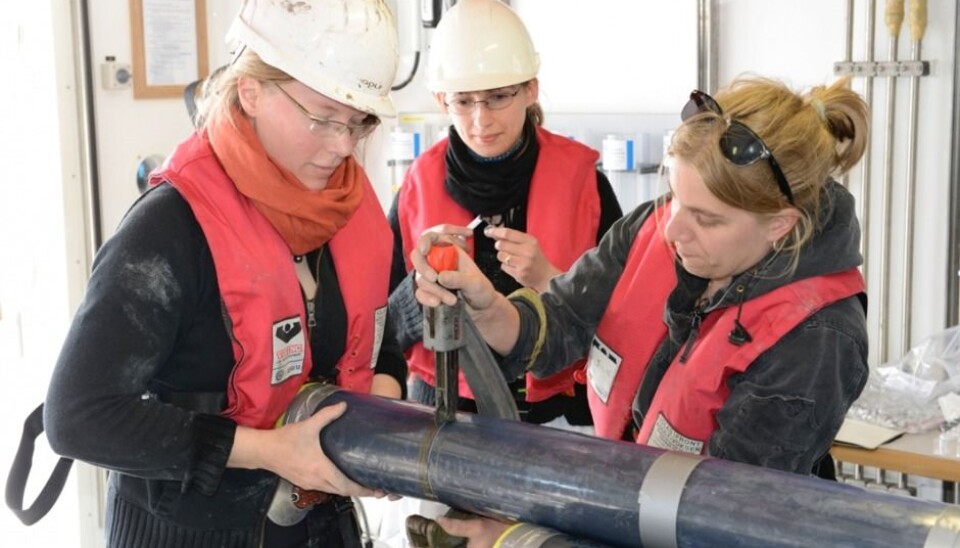
Ice age bacteria may reveal where to look for life on Mars
Scientists have cracked many evolutionary puzzles of how life on Earth originated under the sea. The results provide clues for where we may find life on Mars.
It might be difficult to imagine, but there is a whole world of life hundreds of meters down at the bottom of the sea.
Scientists call it “the deep biosphere” where life is so different that it looks as though it has come from another planet.
New research shows that the microorganisms actually come from the land surface and have not changed for thousands of years.
“It’s really amazing that microorganisms have the ability to live under extreme conditions and it suggests that there’s perhaps a connection to the surface that we didn’t know about,” says Professor Andreas Schramm, from the Center for Geomicrobiology at Aarhus University, Denmark.
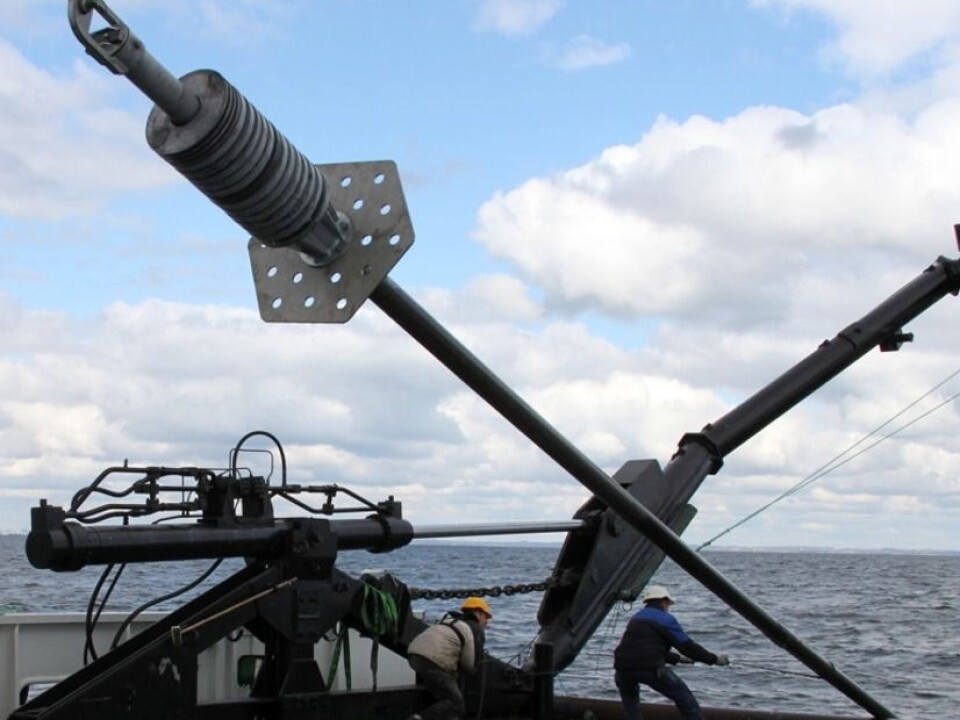
“It’s exciting work that addresses some of the important questions around the origins and the development of microbial cultures isolated in the deep biosphere,” says Professor Ronnie Glud, from the Centre for Earth Evolution at the University of Southern Denmark. Glud has previously published research on bacteria in the deep ocean but was not himself involved in the new study.
The results are published in the scientific journal PNAS.
Microorganisms hold evolutionary riddles
Microorganisms in the deep biosphere are estimated to be so abundant that they account for more than half of all microorganisms in the world’s oceans.
But the mystery is that there are almost no nutrients at just a few meters depth, where scientists find almost no biological activity. But there are masses of living bacterial cells in the sediment layers.
“It doesn’t really make sense,” says Schramm.
“There’s so little energy that it’s difficult to understand how life can be maintained down there.”
But scientists have sampled in many places around the Earth and they find bacteria as far down as it is possible to sample—up to two kilometres deep.
Different from other microorganisms
Based on calculations of energy composition, scientists estimate that bacterial cells must divide themselves on generational time scales, which seems to be quite extreme—decades if not centuries. This is in sharp contrast to the bacteria that we know on land, where they can divide around every 20 minutes.
“These are generational time scales, which we really don’t understand and it’s totally unheard of from all of the microorganisms that we know,” says Schamm.
So, scientists assumed that the organisms capable of dealing with these kinds of conditions must have evolved to be highly specialised and developed entirely separately, at the bottom of the sea.
Sampling 10,000 year-old sea floor sediments
Schramm and his colleagues have now tested this hypothesis with samples from the bottom of Aarhus bay in Denmark.
The sediments here are up to 10,000 years old, which reflects how the bay looked at the end of the last ice age, after which sediments were deposited on top, layer by layer.
The oldest sediments are ten metres deep, below the sea floor. Scientists retrieve cores of sediments using a long, ten tons heavy spear-shaped drill, submerged from the research vessel Aurora, and study the bacteria that they contain.
Traditionally, scientists were limited to identifying only the bacteria that could be grown in a laboratory. But since the 1990s, scientists have been able to use the bacteria’s genetic material as an identification tool.
The bacteria are buried alive
DNA mapping is so comprehensive that scientists can now see that bacteria five to ten metres down are in fact found at the surface, although they are very rare.
“It’s the first time that we’ve seen such a good correlation between the surface and the deep biosphere,” says Schramm.
They concluded that life in the deep biosphere originated from the surface and must have sunk to the bottom of the sea with the sediments.
But the big surprise came when the scientists studied how the bacteria managed to survive the extreme change from life in the water column to being buried alive.
Nothing happened since the last ice age
The assumption is that a few lucky bacteria evolved in a way that allowed them to survive the extreme conditions.
But when scientists applied new technologies to study the genes from a single bacterial cell and compared the same piece of genetic material in the same bacteria and related species down through the layers, they discovered—to their amazement—that there are no mutations.
“Almost nothing has happened. They’re almost the same when looking across the deep,” says Schramm.
“So our interpretation is that there was no selection in mutations, but a selection of bacteria already adapted in advance,” he says.
Clues for life on Mars
The discovery could potentially also open other fascinating aspects. If the scientists are right, the deep microbes will reveal a preserved timespan of life, buried deep ion the seafloor.
The discovery could even offer clues about life on Mars.
“We know that Mars has had an atmosphere and liquid water at the surface, so if life was possible on Mars then I’m convinced that if you drill 10 to 100 metres down into the surface then you’ll find it,” says Schramm.
-------------------------
Read more in the Danish story on Videnskab.dk
Translated by: Catherine Jex
